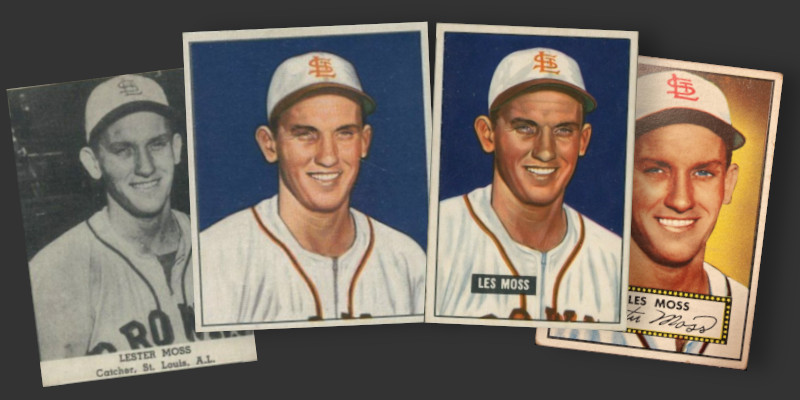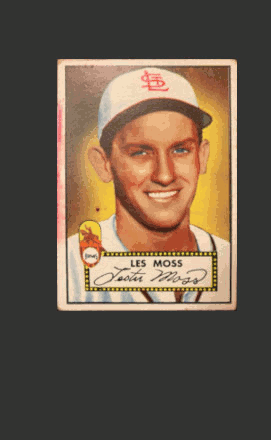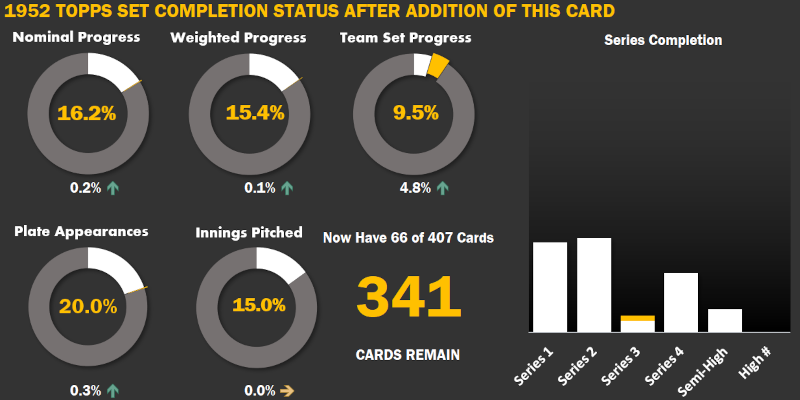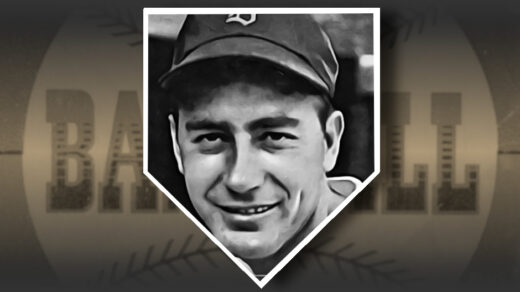Gilligan’s Island would not appear on television until 1964, and it wouldn’t be the first account of a three-hour nautical tour gone wrong. Vacationing in the Florida Keys in preparation for the upcoming 1958 season, catcher Les Moss took his wife and 10 year-old daughter out fishing on a small 14-foot motorboat. Moss wasn’t a stranger to the water, having spent his World War II service in the Merchant Marines. He was, however, at a loss for how to restart his craft’s outboard engine after it died.
The family drifted throughout the night and encountered a storm with winds as high as 30mph. The movement of the wind combined with the Gulf Stream to take them nearly 40 miles from their intended route. A concerned hotel manager phoned the Coast Guard after realizing they had not returned, prompting an aerial search. The family was saved when a yacht belonging to famed newspaper owner James Knight came across the disabled boat and towed it back to safety.
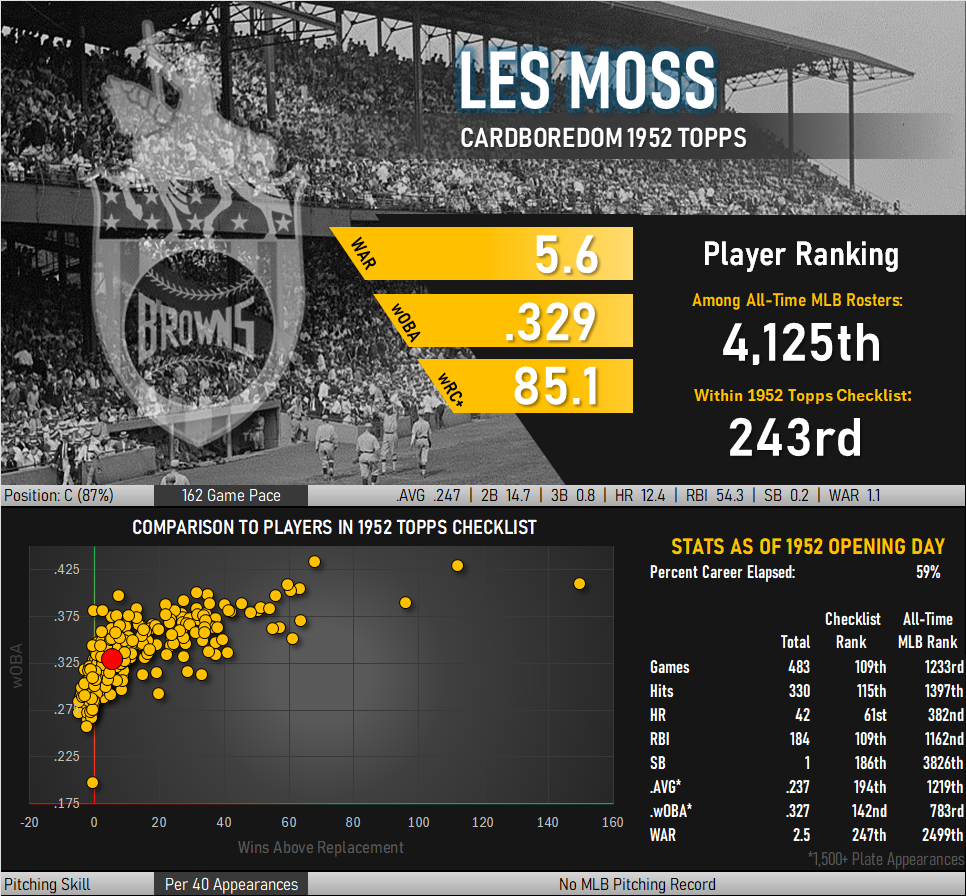
Moss would go on to appear in only two games in 1958 before retiring as a player. He had served primarily as a backup catcher for the St. Louis Browns/Baltimore Orioles in an 824 game career. Bill James looked at player running speeds in 2015 and concluded Moss was the slowest of the 1950s. Catchers are generally some of the least imposing offensive players, concentrating their playing ability on defense and calling plays for their respective teams. Moss certainly had baseball savvy and would go on to use it to good effect in a second act within the sport.
After becoming reacquainted with land, Moss went on to work as a scout, coach, and manager at various levels of baseball until 1995. He even managed at the Major League level in 1979 when he briefly replaced Ralph Houk as skipper of the Detroit Tigers. The man stayed in professional baseball in some capacity for a total of 49 years, a Tommy Lasorda-esque timeline.
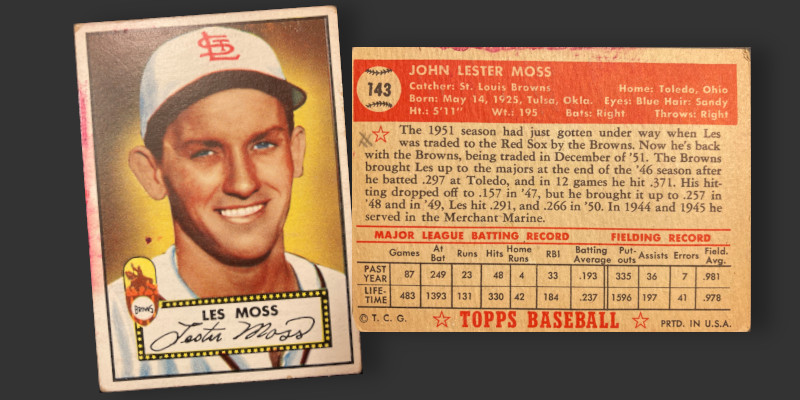
This card was acquired in the digital equivalent of a card show dollar-bin. An ink stain on the left border renders the card in poor condition and the seller threw it in with another lot for a token payment. Other than the ink the card has very strong colors, something that cannot be said for many of the set’s faded examples still in existence. The story of Moss drifting into the Atlantic Ocean makes the card so much more fun.
More Baseball Card Fun: Missing Person Posters
Many sports cards were produced using nothing more for artistic inspiration than publicity photos supplied by teams. This is generally a rather boring practice, but in the case of Moss it forms a sort of Missing Persons poster.
While he doesn’t appear to have shown up on any milk cartons, Moss debuted in the 1947 Tip Top Bread set. The same photo (with the addition of a zipper on his jersey) looks to have been used as the model for the artwork on his 1950 and 1951 Bowman cards. The original Tip Top Bread photo reappears in the 1952 Topps set.
